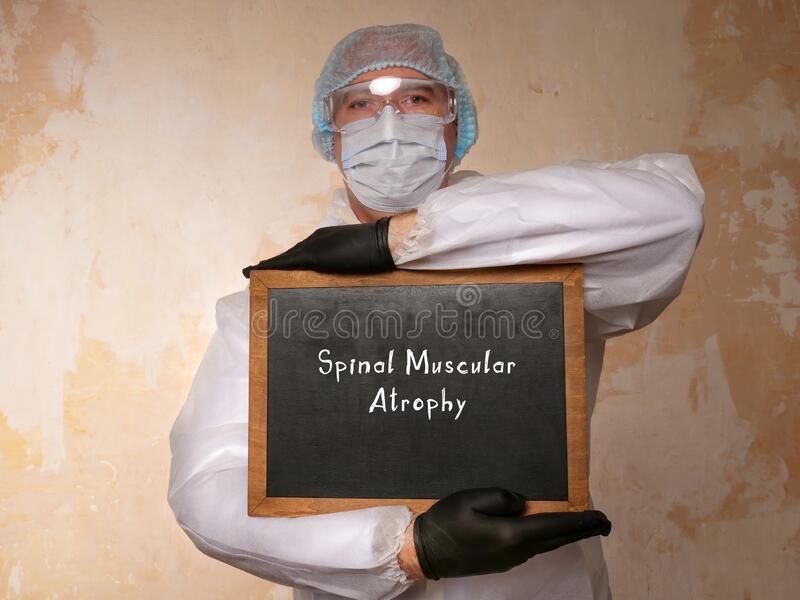

- Call 908 543 4390
- Email
- Dr.Joni Redlich PT,DPT


Spinal muscular atrophy (SMA) is a genetic disease that affects the central nervous system, peripheral nervous system, and voluntary muscle movement (skeletal muscle). A majority of nerve cells that control muscles are located in the spinal cord. SMA primarily affects muscles, because they don’t receive signals from specific nerve cells, called motor neurons. When muscles aren’t stimulated by nerve cells, they get smaller or atrophy. Because SMA involves the loss of nerve cells called motor neurons in the spinal cord, it is classified as a motor neuron disease.
Degree of motor function decrease is roughly correlated to the age at which SMA symptoms start. Generally, kids who have symptoms at birth or in infancy usually have the lowest level of functioning (type 1). As a rule, later-onset SMA with a less severe course (types 2 and 3, and in teens or adults, type 4) corresponds with progressively higher levels of motor function.
Chromosome 5 SMA is caused by a deficiency of a motor neuron protein called SMN, for “survival of motor neurons”, which appears necessary for normal motor neuron function. SMN has a crucial role for gene expression in motor neurons.

The scope of SMA symptoms are broad, and symptoms range from mild to severe. Typically the “proximal” muscles (closer to the center of the body) are the most affected in the body. SMN-related SMA presents with weakness of the voluntary muscles as a primary symptom and often include shoulders, hips, thighs, and upper back. Lower limbs seem to be more than upper limbs, and there is a decrease in deep tendon reflexes. If the muscles used for breathing or swallowing are impacted, there may be complications with those functions. Similarly, back muscles weakening may result in development of spinal curvatures.
Recently, there have been exciting treatments for various types of SMA that have been complete game changers for individuals who have the disease. Current research strategies have focused on increasing the body’s production of the SMN protein that’s lacking in the chromosome 5-related forms of SMA. Methods include approaches to increase motor neuron survival in adverse circumstances.
The Food and Drug Administration (FDA) approved Spinraza (nusinersen) for the treatment of SMA, on Dec. 23, 2016. Spinraza is designed to treat the underlying defect in SMA, meaning it potentially might be effective at slowing, stopping, or possibly reversing the symptoms of SMA.
In May 2019, the FDA approved Zolgensma (onasemnogene abeparvovac-xioi), which represents the first gene-replacement therapy for a neuromuscular disease. Zolgensma is a one-time intravenous infusion, and is used to treat pediatric patients younger than 2 years of age with SMA, who exhibit bi-allelic mutations in the SMN1 gene. This includes those who are presymptomatic at diagnosis. Read more information at: FDA Approves AveXis’ Zolgensma for Treatment of Spinal Muscular Atrophy in Pediatric Patients.
Additionally, the FDA approved risdiplam (brand name Evrysdi) in August 2020, for the treatment of SMA in adults and children two months of age or older. It is an oral medication that functions to raise SMN protein levels, by boosting production from the SMN2 “backup” gene.
For a detailed and simple-to understand overview of SMA, visit the Muscular Dystrophy Association website for the SMA fact sheet at:
https://www.mda.org/sites/default/files/2020/11/MDA_SMA_Fact_Sheet_Nov_2020.pdf
Currently, one of the best known people with SMA is Shane Burcaw. Shane has been affected by SMA most of his life, yet it doesn’t define him fully or keep him from living a productive life as a disability advocate, speaker and author. Together with his wife, Hannah, they run a popular YouTube channel ,“Squirmy and Grubs” and share their relationship story with the world, with the hope to change the way society thinks about disability.
The link below is a video on the channel where Shane talks about his diagnosis and early life. It also showcases the amazing relationship he and his wife share.
